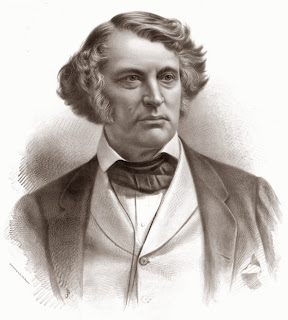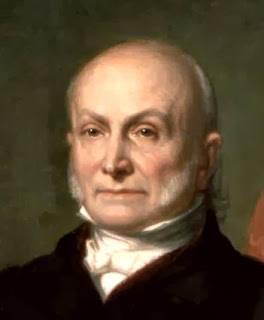
The United States Capitol building provided the backdrop for a myriad of historic moments of the Jacksonian era. The Capitol in the early to mid-19th century witnessed commemorative occasions, dramatic partisan clashes, prestigious funeral services, and popular protests. The events that transpired in and around these hallowed halls function as flecks of colored glass that, viewed in the light of contemporary events, create a mosaic of the period’s culture. This digital tour highlights memorable Capitol occasions - occasions that reveal the contemporary social and political thought of the time, reflect the developing revolutions in transportation and communication, and recollect the mood of the American people. The stories that follow illustrate how our nation was, in many ways, becoming increasingly connected by the railroad and telegraph but was simultaneously being separated by strands of intense ideological sectionalism moving America towards an inevitable war. As I walk with you through the rooms of the Capitol, you will be walking in the footsteps of many influential “nation-shapers.” I pray that this information is a resourceful guide that offers insight into America during the era of Jackson and his contemporaries.





















